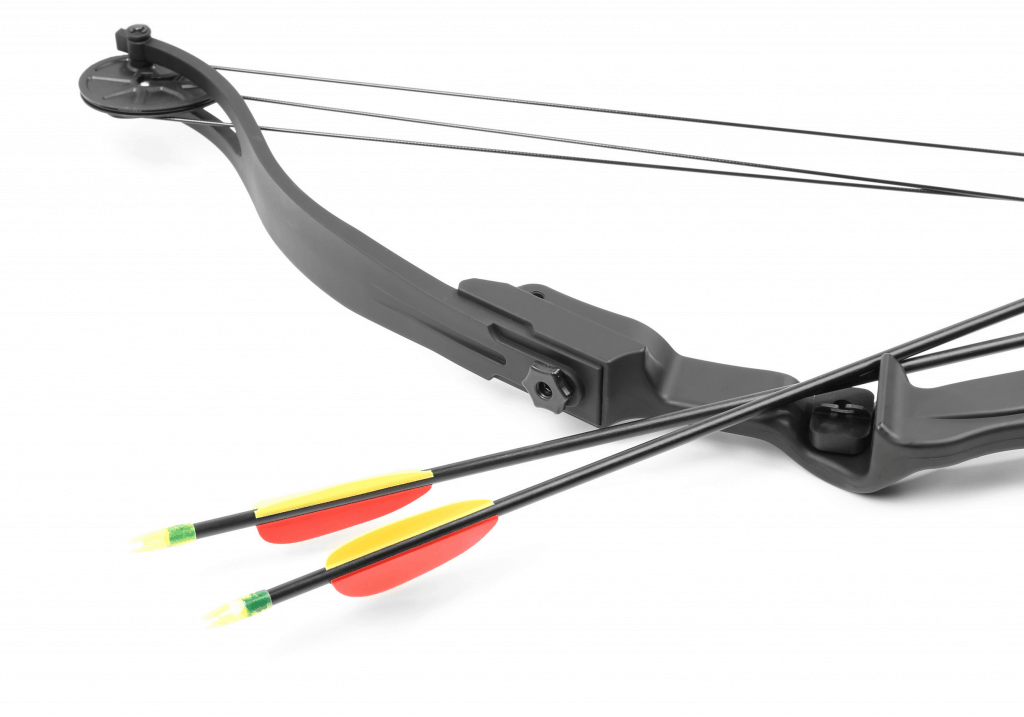
Most compound bows today can be anywhere from a few hundred bucks to nearly two thousand dollars. For that price, many would consider purchasing a compound bow to be an investment, and it is. If you’re paying that much for it, you want to make sure that it lasts.
Most modern compound bows, depending on how often they are shot and whether they are serviced regularly, may last up to 50 years. However, most people don’t keep their bows that long as manufacturers are constantly coming out with better and more advanced models.
But compound bows are complex instruments made up of many parts, and it isn’t really a question of how long the bow itself will last, but how long its parts will.
The Durability of Compound Bow Components
The compound bow is a mechanically advanced weapon that depends on a combination of parts and processes to work.
If any of those parts or processes begin to fail, the ability of the whole bow to function as intended is destroyed.
So, instead of simply asking how long a compound bow will last, you should be asking how long its parts are expected to last so that you can anticipate changing and servicing those parts to keep your bow in tip-top shape.
The Bowstring
The bowstring is, without a doubt, the least durable component of any compound bow and it can break.
Well, that might be unfair to say.
Modern compound bows are usually made of a blend of strong, synthetic materials, and this includes the string.
So, it’s not necessarily that the string is not durable, but that it is highly involved in the process of releasing an arrow.
In fact, it’s the main conductor of energy from the bow to the arrow.
A lot of energy is required to fling an arrow at 330 feet per second, which is a common speed for compound bows to reach.
And all of that energy, combined with the nocking and un-nocking of hundreds of arrows in the same spot results in a lot of damage over time.
To keep fraying at bay, many archers use special bowstring wax to keep the fibers of the string together.
Though they may appear to be made of a single strand of durable fiber, most bowstrings are created by twisting multiple strands of fiber together.
Archers need to be careful not to completely untwist their bowstrings, especially when increasing or decreasing the brace height, which is done by adding and removing twists to the string.
Even with constant care and frequent waxing, the bow will eventually need to be restrung with a brand-new string.
Though you can restring a longbow or recurve bow on your own with special tools, it is very difficult and not recommended that you attempt to restring your compound bow yourself.
The bow professionals at your local pro shop will have specially-designed machines and processes to safely do this.
These pro shop employees should also be able to evaluate your bow’s string and tell you when to replace it if you’re not sure.
Generally, the rule of thumb for replacing bowstrings is to replace them once a year.
Limbs

Beyond the bow’s string, there aren’t many parts of a compound bow that are liable to break, but there are a few things odd things that bow manufacturers see going wrong with bows over time.
One of those things is the breaking or splintering of limbs.
The bow’s limbs, which are the long pieces on the top and bottom that bend toward the archer when they’re pulling the string back, probably endure the most amount of stress after the string.
Many the modern flagship compound bows’ limbs are made with layers of durable fiberglass, which are much less liable to break than wooden limbs.
However, if they are getting over-stressed or were not made well, the limbs are going to be among the first things to break on a compound bow.
They are also some of the most dangerous components of the bow to break or get worn down, as the limbs contain a lot of the tension that keeps the string in place and the bow’s frame in its bent position.
Cams
Cams are even less likely to break down than limbs, but it does happen.
If you’re not familiar with bow anatomy, the cams are the metal discs at either end of the bow.
They come in several shapes and sizes, but their general purpose is to pull the string around and increase the tension in it as the archer pulls back.
If there is a problem with your cams, it’s most likely that they’ve been bent out of place or that the string has derailed from the tracks on the cam.
Depending on the type of bow, this kind of malfunction can be a simple fix or a grueling task that will take a lot of time and money to resolve.
Screws
Because there are so many parts to a compound bow, it follows that there are also a lot of screws holding everything together.
Screws also bear much of the brunt of a bow’s explosive release of tension, though it may not seem like it.
This is an issue that archers need to pay close attention to because it can be difficult to spot until it’s too late.
With every shot, your bow experiences extreme vibration that you can likely feel in your hands and arms.
Well, no matter how tight the manufacturer screwed in your bow’s hardware, those vibrations are going to cause the screws of your bow to come loose over time.
If you shoot a bow that has pieces coming apart due to loose screws, you’re going to have a lot bigger problems on your hands than finding a screwdriver.
Keeping Your Compound Bow in Mint Condition
There are a lot of simple preventative measures you can take to keep your bow operating at its highest level for as long as possible.
First, buy some wax for your bowstring.
It’s a simple and cheap solution to string fraying that should keep your bow firing clean shots for the whole year.
If it doesn’t have any already, get some servings for your bow’s string.
Servings are sections of breaded thread that can be fixed to certain parts of the bowstring that experience the most use.
In regards to keeping your limbs in pristine condition, there’s really nothing you can do except watch them closely.
It’s a good idea to inspect every part of your bow for abnormal wear and tear after each shooting session.
If you spot any crack or splinter in your bow’s limbs, do not continue to fire it.
It will be easier and cheaper to fix a mildly compromised limb than to replace one that’s exploded entirely.
The same cautious inspection goes for cams and screws.
It’s likely that you’ll be aware if something’s wrong with your cams immediately, but you can still prevent some major bending or breaking by checking them regularly.
As for screws, it’s important to take a screwdriver to them at least once a month, if you shoot your bow regularly.
Giving your screws a little twist can keep them from vibrating right out of the bow, but be careful not to tighten them too much, which could cause more issues.
Many of these issues can be avoided by also keeping your bow stored in a dry, cool place and transporting it in a cushioned case.
If the bow lives in a controlled environment whenever you’re not using it, you decrease the chances that something will go wrong.
It’s always a great idea to keep your compound bow set clean and in tip top shape. To learn how to clean your archery gear, click here.
Longest Lasting Compound Bows on the Market
If you’re in the market for a long-lasting bow, you’re going to want to search the inventory of some reputable brands.
Though I am a strong advocate for thrift shopping, compound bows are not the right place to go hunting for a huge discount.
There’s no way to get around it. The best quality bows that are going to last you a long time are going to be pricey.
Because bowhunting tends to be more rugged than target shooting, a lot of the most durable compound bows are hunting bows.
One such bow is the Bear Archery Cruzer, available on Amazon, which has been lauded as one of the best overall hunting bows on the market, complying with Bear’s long history of quality manufacturing.
To get a list of some of the best compound bows on the market with specific pros and cons related to their quality, check out our other article “Bowtech vs. PSE: 11 Pros and Cons to Help You Decide” or “Bowtech vs. Hoyt Bows: 11 Pros and Cons to Help You Decide.”
Every compound bow is different, but with the advancements in technology being made, it’s safe to assume that a well-taken-care-of bow can last an entire lifetime of archery.
Visit Our Archery Page for More Great Content!

